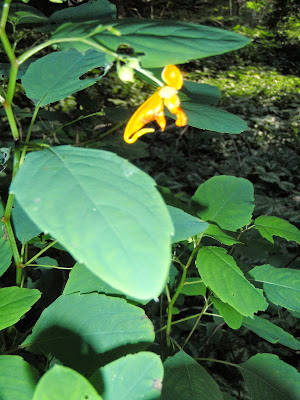species: Adenostoma fasciculatum
common name: chamise
family: Rosaceae
where & when encountered: Pinnacles NM - 1998
Another true California chaparral shrub. I remember working around it when it was in flower, as seen above, and the pollen just got all over me - pants, shirt, hair and down my sweaty neck.



















































